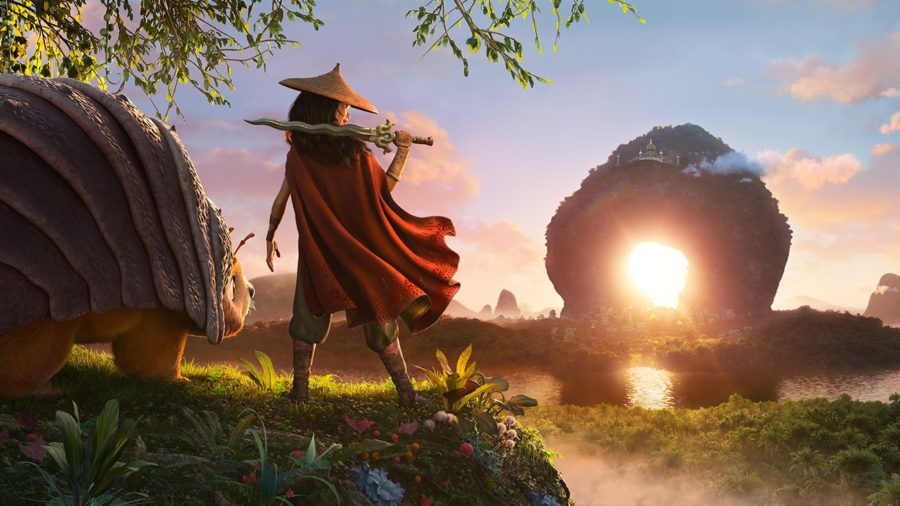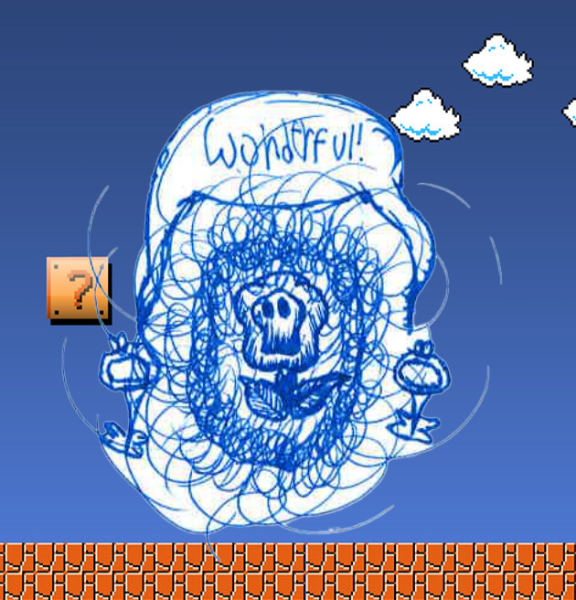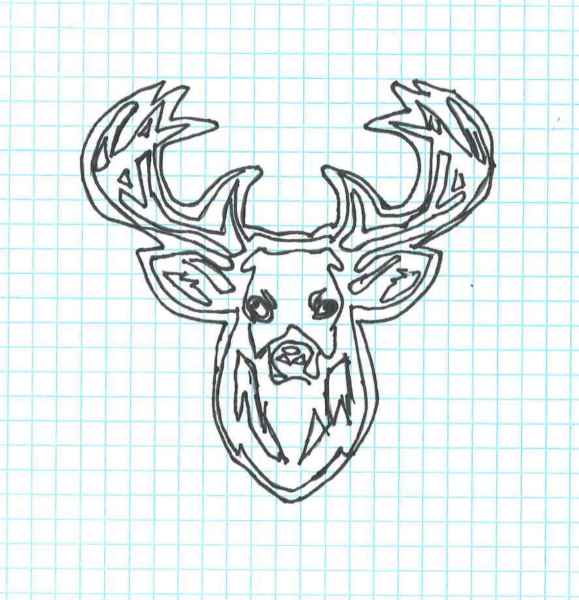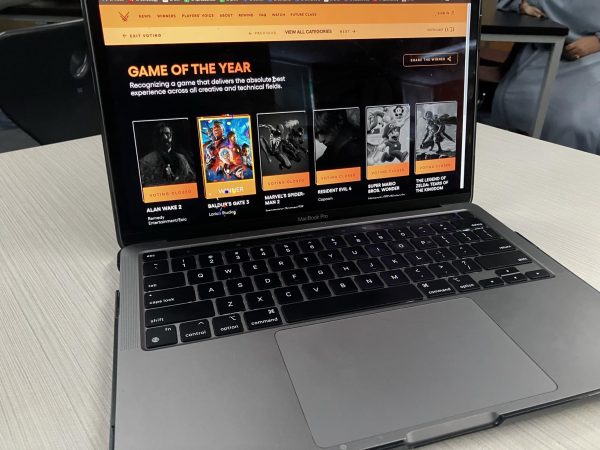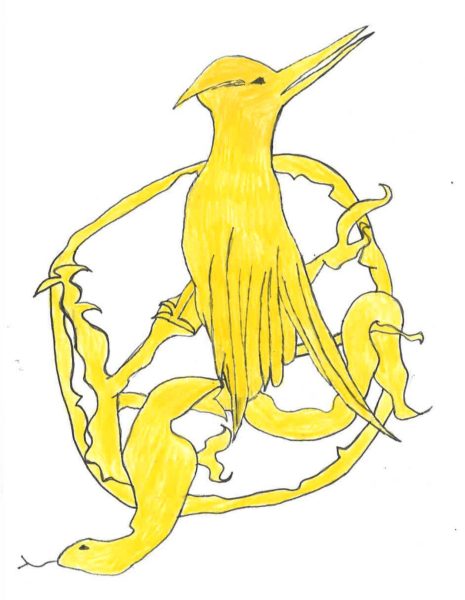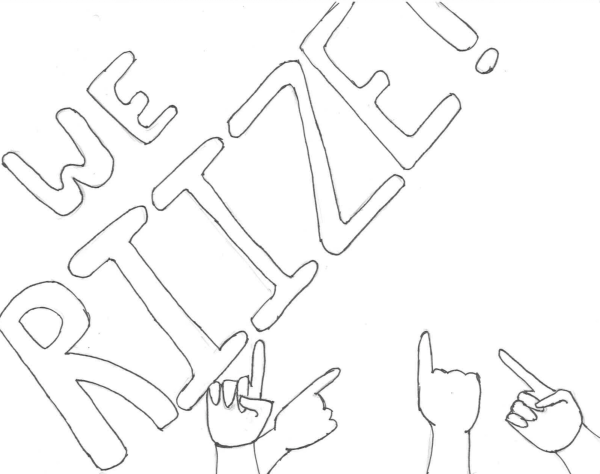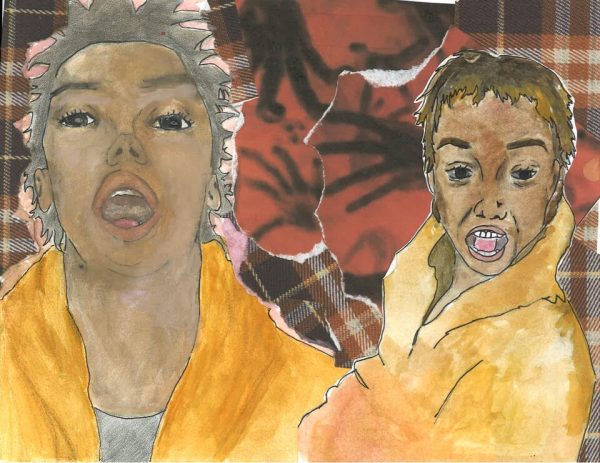Vibrant Disney adventure film explores Southeast Asian culture
As an evil force threatens the kingdom of Kumandra, Raya must leave home to track down the last dragon in order to save her home.
Just last month, Disney released a greatly anticipated new animated movie on their streaming platform Disney+ after five long months, as it was originally planned to release on November 25 of last year. That movie was none other than “Raya and The Last Dragon”, a work that would mark Disney’s first animated “princess” movie inspired by Southeast Asian culture.
“Raya and The Last Dragon” tells the story of princess-warrior of the Heart region, Raya (Kelly Marie Tran), and her epic journey across the land of Kumandra (a Southeast Asian-inspired fantasy world), as well as her valiant fight against an evil force called the Druun, which has the power to turn anything it touches to stone.
Long ago, Kumandra used to be a peaceful land, consisting of many magical and whimsical dragons that inhabited the land along with the people. However, that all changed once the evil force known as the Druun came, engulfing everything in its reach which resulted in many people turning into stone and ultimately having all dragons but one, the now last dragon Sisu (Awkwafina), sacrificing themselves in order to fend off the malignant beings.
Though the worst of it all seems to be over, Kumandra is now split into five different regions—Fang, Heart, Spine, Talon, and Tail—causing each region to grow wary of what little they have left, even if it means they might betray each other. Now, Raya must find the last dragon Sisu and all the pieces of the dragon gem to save the rest of the petrified Kumandra.
This fine piece of cinema was created by Walt Disney Animation Studios, whose stellar animated works include titles such as “Moana” and “Zootopia”. Those who wish to watch the movie early will have to either pay an additional fee for early access on top of the regular fee for Disney+ or go see it in theaters in order to do so. The film consists of a majority Asian cast with more recognizable voices such as Sandrah Oh playing Virana (the chief of Fang), Daniel Dae Kim as Benja (chief of Heart) and Benedict Wong as Tong (a survivor of the far away Spine region). With that being said, it truly begs the question of whether or not it’s worth the price tag considering there are other fantastic fantasy films such as recent Disney/Pixar collaborations “Onward” or “Soul” that aren’t locked behind a large paywall.
To start off, the land of Kumandra sets the film up beautifully for viewers to witness in full glory. The world looks and feels very much alive even despite the many people petrified solid all over Kumandra. In one particular part of the movie, the region of Talon is most heavily reminiscent of something like a Chinese lantern festival. Much like the real thing, Talon is breathtaking and lively at the same time. Everything from the animation, the lighting, textures, colors and designs were top notch. Combine this with the enjoyable cast and the start of a great movie rolls forward.
However, despite all this, the movie isn’t a perfect project. While the cast is enjoyable, it is overshadowed by a fast pace that leads to much of the characters seeming underexplored, ultimately cutting down the emotional value and entirely discarding meaningful buildup in the film’s peak moments. Some parts of the plot are questionable too and seem as if they were put in place just to progress the story, which is unfortunate considering everything else the film has got going for it.
The rich, vast world presented in “Raya and The Last Dragon” suggests that it could have easily been a mini-series that could have explored more in-depth the regions and history of Kumandra and its people — but perhaps Disney is saving this for planned sequels. Still, the idea of a cast and story of this caliber being crammed into just under two hours is disappointing, to say the least, especially considering the various little details that are ingrained into the lands of Kumandra. Watching the film as a person of Asian descent, everything from the Southeast Asian cuisine being brought to life or even in the credits where a character is shown playing a khaen, an instrument originating from Laos, brought a warm sense of familiarity and deeper appreciation. Now imagine Kumandra and its people, culture and history explored in short but sprawling episodic glory; Disney could pave a bright future for more Asian-inspired films and series, but more importantly more exposure to these beautiful cultures.
Overall, “Raya and The Last Dragon” was still an enjoyable watch despite its flaws, and the film marks a great step forward in hopes of similar movies or series being produced in the future. Considering there are other animated Asian-inspired films such as “Moana” or “Mulan” (the 1998 version, anyway) that created more of an impact in relatively similar running times —and are available on the same platform as “Raya”—it’s safe to say that those who have the extra money and really wish to indulge into the world of Kumandra may find themselves feeling underwhelmed or under-satisfied.
Those who are considering paying the extra cash may decide to wait until the film becomes available on the platform for no extra charge starting June 4 of 2021.

Sachi Yang is a Junior here at CHHS. He is the Opinion Editor for the Heights Herald! He wanted to join the Heights Herald to better his writing skills...


